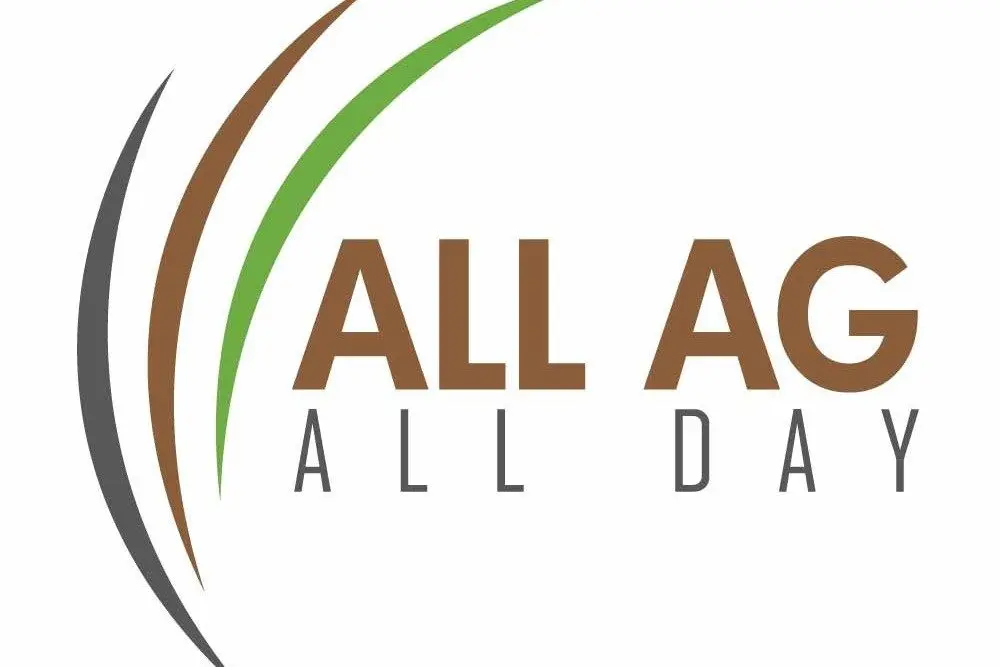
All Ag, All Day is the nation's only full-time farm radio station with studios in Floydada and Nashville, TN (www.AllAgNews.com)
Checkpoint Stops Screwworm; U.S. Fast-Tracks Cattle Treatment
MEXICO CITY, MX – A new livestock checkpoint in Montemorelos, Nuevo León stopped a calf carrying New World screwworm—and the larvae were already dead. Under Mexico’s reinforced rules, all animals receive a double treatment (ivermectin plus a larvicidal bath). Inspectors treated and checked the full load of 85 head and found no other cases. Officials said this incident is separate from the Sept. 20 detection in Sabinas Hidalgo, which was declared officially inactive on Oct. 5 after tracing, wound care on thousands of animals, trapping, and sterile-fly releases.
On the U.S. side, regulators have conditionally approved Dectomax-CA1 (doramectin injection) for prevention and treatment of screwworm in cattle, with 21 days of reinfestation protection. The move is meant to get producers a tool now while full effectiveness data are finalized. Label restrictions and withdrawal times still apply, and veterinarians are urging targeted use as part of an integrated parasite plan to help avoid resistance.
Farm-Level Takeaway: Border controls and mandatory treatments in Mexico, plus a new U.S. tool (Dectomax-CA1), are tightening the net on screwworm. Mexico’s tougher, two-step treatment and added checkpoints are catching cases before they can spread—good news for producers near the border.
**********
Shutdown Puts Farm Bill, USDA Funding On The Clock
NASHVILLE, TN – With a partial federal shutdown still in effect, Congress has a short runway to protect agriculture before year-end. By the latest calendars, the House has 36 working days left in 2025 and the Senate has 39—time that must cover reopening USDA and resolving the Farm Bill to prevent a New Year shock to markets and county services.
Top to-dos for agriculture:
• Reopen USDA: Pass the Ag–FDA spending bill (or continuing resolution) so FSA/NRCS field offices can process loans and program sign-ups, meat and poultry inspections remain fully supported, and WIC/SNAP avoid strain from stop-start funding.
• Farm Bill or extension by Jan. 1: Without action, policy reverts to Permanent Law (1938/1949 parity rules). That would trigger the “dairy cliff”—government purchases that drive milk prices sharply higher—and raise parity supports for crops like corn, wheat, and cotton until a new bill passes.
• Protect at-risk programs: Crop insurance continues under permanent authority and many IRA conservation dollars run through 2031, but rural development, trade promotion, research, specialty crops, and energy authorities are vulnerable without reauthorization.
What it means on the ground: county USDA services slow, program deadlines get murky, lenders face planning uncertainty, and markets could see policy-driven volatility if Congress bumps up against January without a deal. The simplest near-term path is a funding patch to reopen agencies while Farm Bill negotiators hammer out either a full bill or a clean extension.
Farm-Level Takeaway: Plan for uneven USDA service until funding is restored, and watch Farm Bill talks closely—avoiding Permanent Law before Jan. 1 is the single biggest risk to markets and milk prices.
**********
Financial Strain In Farming Is A Health Risk
NASHVILLE, TN – When farm margins collapse, the stakes aren’t just acres and balance sheets—they’re lives. University of Arkansas researchers warn that mounting input costs, low commodity prices, tariffs, labor gaps, and volatile weather are pushing more families into crisis. In the 12 months ending June 30, 2025, 282 Chapter 12 farm bankruptcies were filed nationwide, representing a 56% year-over-year increase; the South logged 101 cases (36% of the total), a 68% rise. Studies show farmers often cope in silence due to stigma, and the CDC estimates farmer suicide rates are 350% higher than the national average.
Red flags include social withdrawal or uncharacteristic anger, neglected bills and chores, missed planting/harvest windows, unplanned downsizing, and persistent hopelessness or changes in sleep and appetite. The University of Arkansas Division of Agriculture’s guide Identifying Financial Stress in Farmers and Ranchers outlines practical steps communities can use to spot distress before it becomes a crisis, and the Farm and Ranch Stress Assistance Network (FRSAN) provides farm-specific support.
If someone needs help now: Suicide & Crisis Lifeline 988; AgriStress Helpline 1-833-897-2474; Farm Aid 1-800-327-6243.
Farm-Level Takeaway: Treat financial stress as a health risk—know the warning signs, normalize conversations, and connect farm families to local and national support early.
**********
Final Wheat Harvest Wrap: Spring Wheat Solid; Durum Slips; Winter Classes Steady-to-Mixed
LUBBOCK, TX – U.S. Wheat Associates closed the 2025 harvest season with Hard Red Spring (HRS) finishing at a top grade and northern durum slipping a notch on higher damage late in the season. Hard Red Winter (HRW) and Soft White (SW) held steady with strong, consistent quality overall, while Soft Red Winter (SRW) ended mixed and more variable than last year. A full crop quality report with flour and milling results will publish later this month.
For buyers and growers, that means HRS and SW look reliable for core milling and export needs, HRW appears steady across most specs, SRW will require more lot-by-lot selection, and durum values may hinge on how specific shipments meet damage and color targets. Elevators and marketers should expect premiums/discounts to reflect these differences and consider tighter segregation where variability shows up.
Farm-Level Takeaway: Expect firm demand for dependable HRS and SW, steady movement in HRW, more sorting on SRW, and selective bids on durum until full milling results are released.




